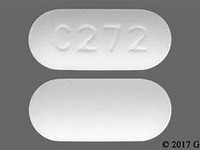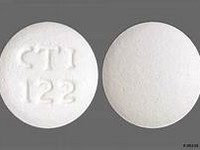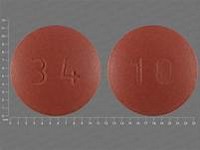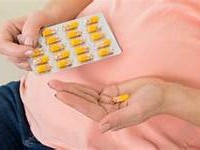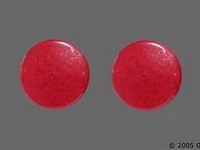Chloral hydrate

Chloral hydrate
CLINICAL USE
Insomnia (short-term use)
DOSE IN NORMAL RENAL FUNCTION
Mixture: 5–20 mL at night Welldorm (707 mg): 1–2 tablets at night; maximum 2 g (5 tablets/day)Syrup: 15–45 mL at night
PHARMACOKINETICS
Molecular weight :165.4 %Protein binding :70–80 %Excreted unchanged in urine : <1 Volume of distribution (L/kg) :0.6half-life – normal/ESRD (hrs) :7–11/– DOSE IN RENAL IMPAIRMENT
GFR (mL/MIN)
20 to 50 : Dose as in normal renal function 10 to 20 : 1 tablet at night <10 : Avoid DOSE IN PATIENTS UNDERGOING RENAL REPLACEMENT THERAPIES
CAPD :Unknown dialysability. Avoid HD :Dialysed. AvoidHDF/high flux :Dialysed. AvoidCAV/VVHD :Dialysed. Dose as in GFR=10–20 mL/min IMPORTANT DRUG INTERACTIONS
Potentially hazardous interactions with other drugsAnticoagulants: may transiently enhance effect of coumarinsAntipsychotics: enhanced sedative effects Antivirals: concentration possibly increased by ritonavir ADMINISTRATION
Reconstition
– Route
Oral Rate of Administration
–Comments
Take with water (or milk) 15–30 minutes before bedtime OTHER INFORMATION
Avoid in patients with marked hepatic or renal impairment, severe cardiac disease, marked gastritis and those susceptible to acute attacks of porphyriaChloral hydrate followed by intravenous furosemide may result in sweating, hot flushes, and variable blood pressure including hypertension.
See how to identify renal failure stages according to GFR calculation
See how to diagnose irreversible renal disease
Home


